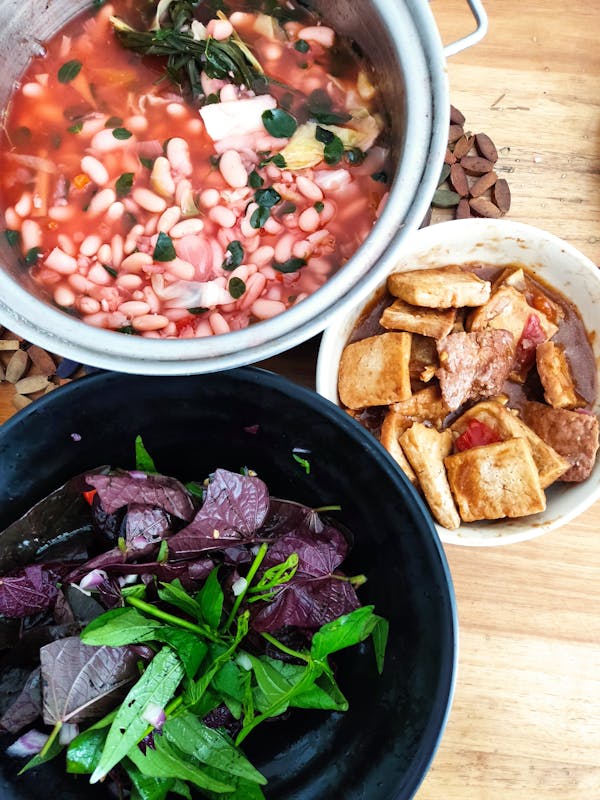My doctor told me to make sure I’m eating enough calcium to keep my bones strong. There may have been some grumbling because I’ve been trying to make sure I eat enough protein and fiber and now I have to think about calcium.
I know I can use supplements but I’ve heard concerns about heart health from calcium supplements. When I discussed this with my doctor, she recommended that I try to get as much calcium through my food as I can.
When I think about calcium, I think about dairy products like milk and yogurt and that king of dairy snacks, cottage cheese.
However, if you are vegan, lactose-intolerant, or simply looking to diversify your sources of calcium, you need to find some nondairy options. What are some of the best nondairy sources of calcium? How do you keep your bones and teeth strong without reaching for the milk carton?
Non-Dairy Sources of Calcium
Check out these options for adding non-dairy sources of calcium into your diet
Leafy Green Vegetables
Dark, leafy greens are calcium powerhouses. Kale, collard greens, bok choy, and turnip greens are especially rich in calcium. For example, a single cup of cooked collard greens has about 268 mg of calcium—over 20% of the daily recommended intake for adults.
Be aware that some greens, like spinach and Swiss chard, contain oxalates, which can reduce calcium absorption. (I may have to write a post about oxalates because I don’t know a lot about them.)
I was disappointed when I learned about spinach reducing calcium absorption because I was eating a lot of spinach. I’ve tried to switch to kale and other greens. I’m sure I can eat spinach but eating it every day may not be a good idea.
Fortified Plant Milks and Juices
Many plant-based milks, like almond, soy, and oat milk, are fortified with calcium. They typically contain about the same amount of calcium as dairy milk, if not more, with 300 mg or more per cup. Similarly, some orange juices are fortified with calcium, providing a refreshing, tangy boost.
Apparently, consuming foods fortified with calcium is better than taking a supplement because the food provides other nutrients and isn’t just a blast of calcium into your system.
Canned Fish
Fish like canned salmon and sardines are great sources of calcium The bones that are in the can is what provides the calcium.
Soy Products
Tofu is a great source of calcium. It provides around 400 mg per half-cup serving.
Tempeh, a fermented soy product, also provides calcium, though in smaller amounts (about 100 mg per half-cup).
Edamame is also high in calcium.
You can use these foods in a variety of ways. Check out some of the ideas for tofu in other blog posts.
Nuts and Seeds
Almonds, chia seeds, and sesame seeds are particularly high in calcium. Just one ounce of almonds provides 76 mg of calcium, while a tablespoon of chia seeds has about 80 mg. Tahini, a paste made from sesame seeds, is also a great addition to dressings and dips, offering a calcium boost of around 130 mg per two tablespoons.
Beans and Lentils
Legumes like white beans, black-eyed peas, and lentils are good plant-based sources of calcium. A cup of cooked white beans contains approximately 161 mg of calcium, making it easy to add to soups, stews, or salads for a nutritious boost.
Seaweed
Certain types of seaweed, such as wakame and kelp, are rich in calcium. A one-ounce serving of dried wakame can contain up to 130 mg of calcium. Seaweed is often used in Asian cuisines, but it’s easy to sprinkle dried seaweed onto salads, soups, or even popcorn.
I’m not a doctor or a dietitian so I’m just sharing information I’ve read. So, don’t let me stop you from using supplements or eating spinach. If you’re trying to figure out how to increase your calcium intake, adding these non-dairy sources of calcium to your diet is easy and delicious. There are plenty of options to keep your calcium levels high without the need for dairy.
